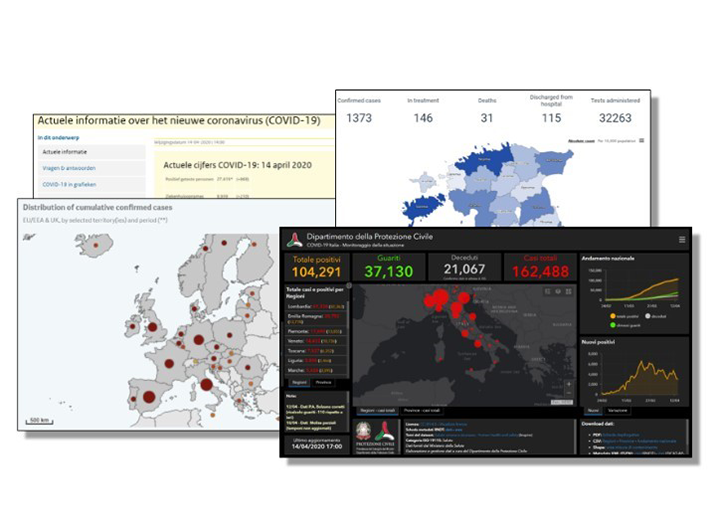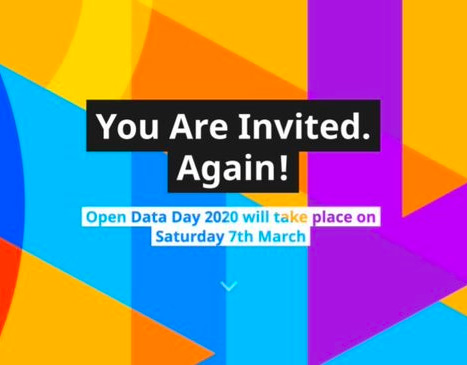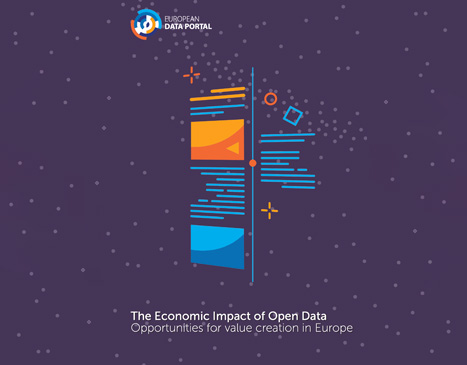
- Data Story

Several measures have been taken by countries worldwide to reduce the spread of COVID-19. As some countries start to experience a decrease in the intensity of the spread, the question ‘how to safely go back to normal’ arises. As COVID-19 is not likely to stop being a medical emergency anytime soon, authorities are assessing how they can slowly allow businesses and citizens to resume their ‘normal’ activities, with the virus still being present.
One of the approaches to have a better control of the medical risk of going back to conventional social interactions is the use of contact-tracing

COVID-19 dashboards
With COVID-19 currently spreading rapidly across the globe, every citizen, specialist and policy maker wants to have reliable and understandable information at her/his fingertips. Many countries in and outside Europe have created dashboards displaying relevant data, such as the number of confirmed cases, of recovered and deceased patients, in a multitude of ways (e.g. graphs, tables or maps) and updated regularly.
These dashboards are valuable to anyone who has an interest in understanding and analysing the data describing the development of the pandemic. Health

COVID-19 is spreading rapidly across the globe. This spread has led national governments to take a wide range of measures, such as closing public spaces and schools, and introducing travel bans. However, these governmental responses and the pace at which they occur vary significantly from one country to another. These differences have created a debate between policymakers and the public on the appropriate response to the situation.
The Oxford COVID-19 Government Response Tracker was created by the University of Oxford. It documents government responses to COVID-19 in different countries

Openly available data on COVID-19 can contribute to the global effort in fighting the virus. To play its part in combatting this pandemic, the European Data Portal (EDP) team is shifting its focus on making COVID-19 related open data discoverable.
Several datasets relating to the pandemic are already available on the EDP via the national open data portals. As of today, Monday 6 April 2020, a new “EDP for COVID-19” section is available. In this new section, a list of datasets, data initiatives, and data stories that have been curated by the EDP COVID-19 team can be found. This piece is the

- Data Story

- Data Story

- Data Story

- Data Story

- Data Story
